hScientists Made Exploding Microbubbles That Activate via Ultrasound and Kill Breast Cancer Without Surgery
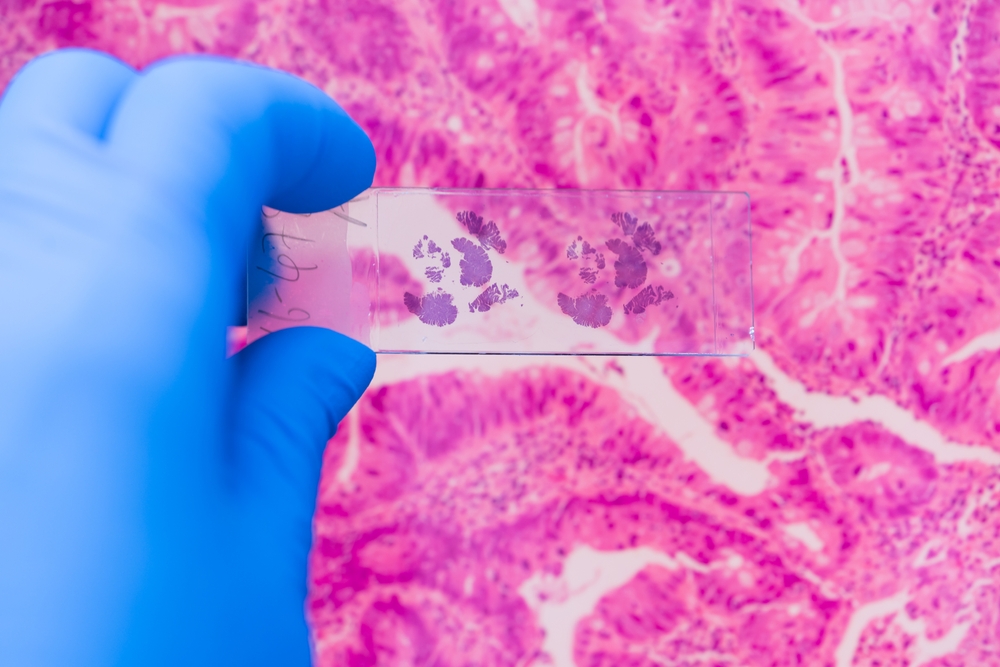
What if the answer to one of humanity’s deadliest diseases wasn’t found in a knife, a drug, or a radiation beam—but in a bubble?
Every year, more than 2 million people are diagnosed with breast cancer around the world. For many, the path forward has meant harsh chemotherapy, invasive surgeries, and a lingering fear of the cancer returning. The treatments, though often life-saving, can leave behind scars—some visible, some not. But what if healing could look radically different? What if we could fight cancer with sound—gentle, precise, and without cutting a single inch of skin?
That’s the promise of a groundbreaking innovation: exploding microbubbles activated by focused ultrasound. It might sound like science fiction, but it’s already showing real-world results in clinical trials. Imagine tiny gas-filled bubbles flowing through your bloodstream, waiting to be called into action. When hit with ultrasound, they don’t just pop—they obliterate cancer cells from the inside out, sparing healthy tissue and leaving the body’s natural defenses stronger.
In the fight against breast cancer, this could be more than just a breakthrough. It could be a revolution.
The Breakthrough We’ve Been Waiting For
For decades, the standard playbook for fighting breast cancer has been filled with heavy artillery—chemotherapy that poisons, radiation that burns, and surgery that cuts. These treatments save lives, yes—but often at a steep physical, emotional, and financial cost. The scars run deeper than the skin, especially for patients who endure relentless cycles of sickness just to gain a few more months of hope.
Now, a new kind of treatment is quietly rewriting that playbook—and it doesn’t rely on knives, toxic chemicals, or permanent damage.
Enter ultrasound-activated microbubbles—a breakthrough that transforms one of medicine’s gentlest diagnostic tools into a powerful therapeutic force. These microscopic bubbles, roughly the size of a red blood cell, are injected into the bloodstream and lie dormant until activated by focused ultrasound waves. When triggered, they explode—not chaotically, but precisely—ripping holes in cancer cells and leaving surrounding healthy tissue virtually untouched.
This is more than just another treatment—it’s a new philosophy of healing.
Breast cancer patients can now be treated successfully without the need for surgery. This #Israeli company has found a new technique that destroys tumors by freezing them.
— i24NEWS English (@i24NEWS_EN) May 27, 2019
📺 More here: https://t.co/3xN2RXuR1p pic.twitter.com/Bc0g1PY3tw
Clinical studies have shown that this approach, often called histotripsy or ultrasound-stimulated microbubble therapy (USMB), can eliminate tumors without surgery. It’s already been tested in patients with breast cancer, pancreatic tumors, and even glioblastoma—a notoriously hard-to-treat brain cancer. In some cases, like that of breast cancer patient Carrie Kumpel, the treatment not only reduced the tumor but left her with no visible side effects and almost no recovery time. “I felt fantastic the next day,” she recalled—words rarely spoken after cancer treatment.
And this isn’t just about destruction. These exploding bubbles can also act like messengers, opening up cancer cells just enough to sneak in genes that activate the immune system, helping the body join the fight. In animal models, treating a tumor on one side of the body has even led to the destruction of tumors on the other—proof of a systemic immune response sparked by this localized attack.
For patients, this represents freedom—freedom from the long hospital stays, from disfiguring surgeries, from the months of fatigue that follow chemotherapy. For doctors, it’s a new tool that targets the enemy with surgical precision and leaves the battlefield clean.
After years of progress measured in inches, this may be the leap we’ve all been waiting for. Not just a better treatment—but a gentler one. Not just an innovation in medicine—but a reimagining of what healing can look like.
Turning Sound and Bubbles into Precision Weapons
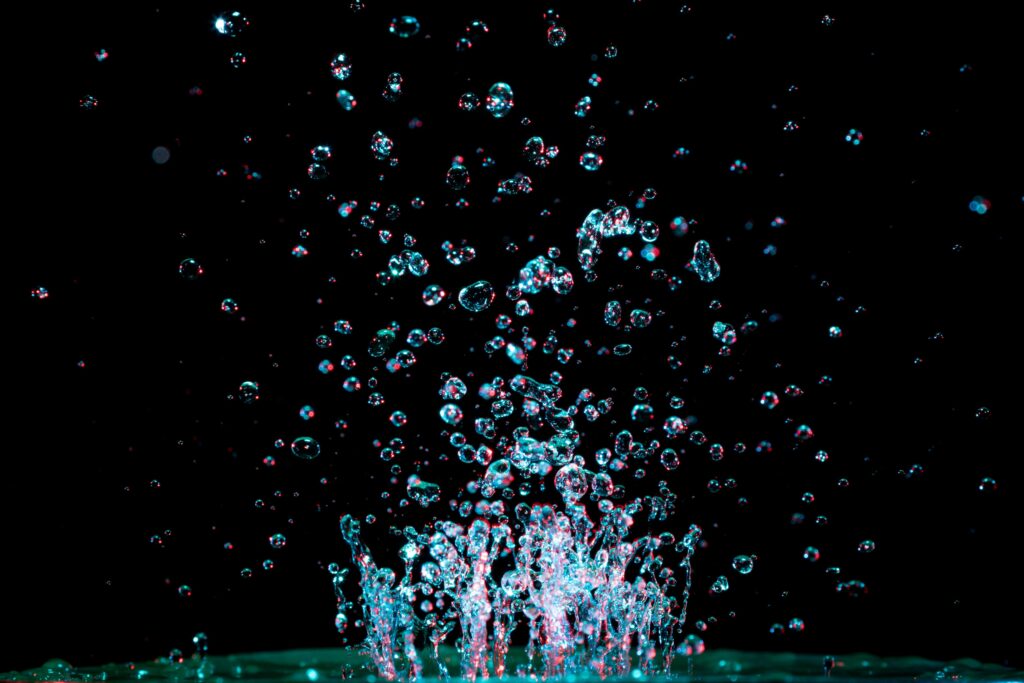
At the core of this innovation are microbubbles—tiny gas-filled spheres, smaller than a single red blood cell. On their own, they do nothing harmful. In fact, they’ve been safely used for years as contrast agents in ultrasound imaging. But when paired with focused ultrasound waves, they transform into something far more powerful: a smart bomb aimed directly at cancer cells.
Here’s how it works:
When a beam of ultrasound energy targets these microbubbles at just the right frequency and pressure, they begin to oscillate—expanding and contracting rapidly. At low energies, this process gently nudges the walls of nearby blood vessels, increasing their permeability. But crank up the intensity, and the bubbles explode, unleashing intense mechanical force right inside the tumor.
This explosion creates tiny tears in the cancer cell membranes—a process called sonoporation. It’s like blowing holes in the fortress walls of a tumor. These breaches allow anti-cancer drugs or even genetic material to flood in and do their job more effectively. In some applications, the bubbles don’t need drugs at all; the mechanical disruption alone is enough to destroy a significant portion of the tumor.
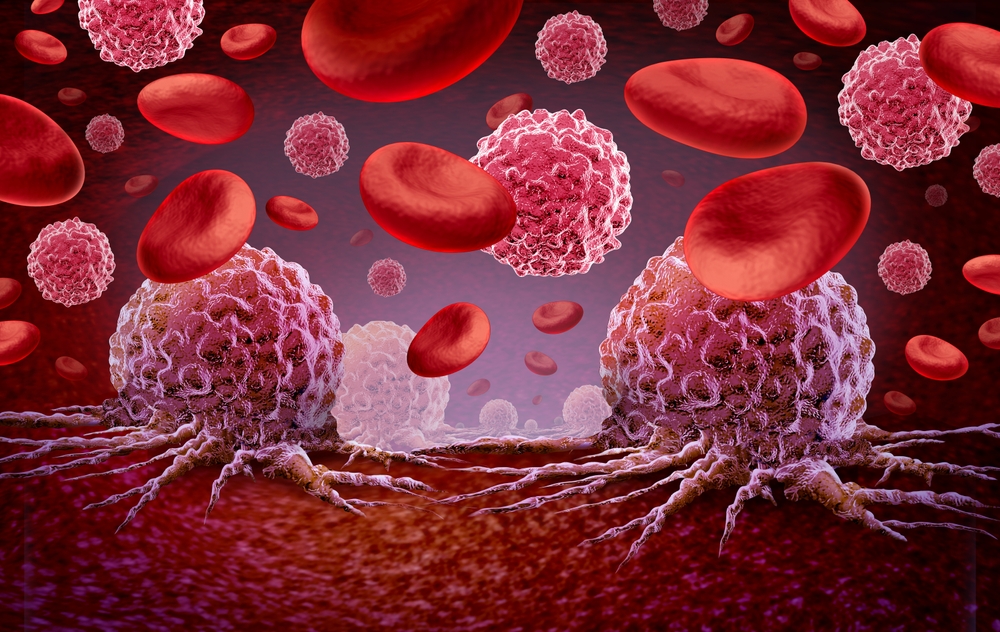
A specialized version of this method, called histotripsy, uses even more focused ultrasound to vaporize tissue entirely—breaking it down at the cellular level without heat, chemicals, or incisions. The tumor is turned into a harmless liquid called acellular lysate, which the body can naturally clear away. It’s surgery without a scalpel.
What makes this truly revolutionary is its precision. Unlike chemotherapy and radiation—which often affect healthy tissue along with the tumor—ultrasound-guided microbubbles are incredibly targeted. On imaging, the treatment zone can be as small as one millimeter in diameter. This means the surrounding organs and tissue stay intact and functional, reducing the risk of side effects dramatically.
And because ultrasound imaging is used throughout the process, doctors can watch the treatment in real time, ensuring the tumor is hit exactly where intended and adjusting if needed. It’s a level of control that traditional treatments often lack.
Even more promising? In some trials, the physical destruction of the cancer cells appears to unmask them to the immune system—exposing hidden tumor markers and potentially triggering an immune response that helps the body fight off remaining or distant cancer cells. In animal models, this response has even prevented recurrence, hinting at vaccine-like potential.
From the Lab to the Lives of Patients
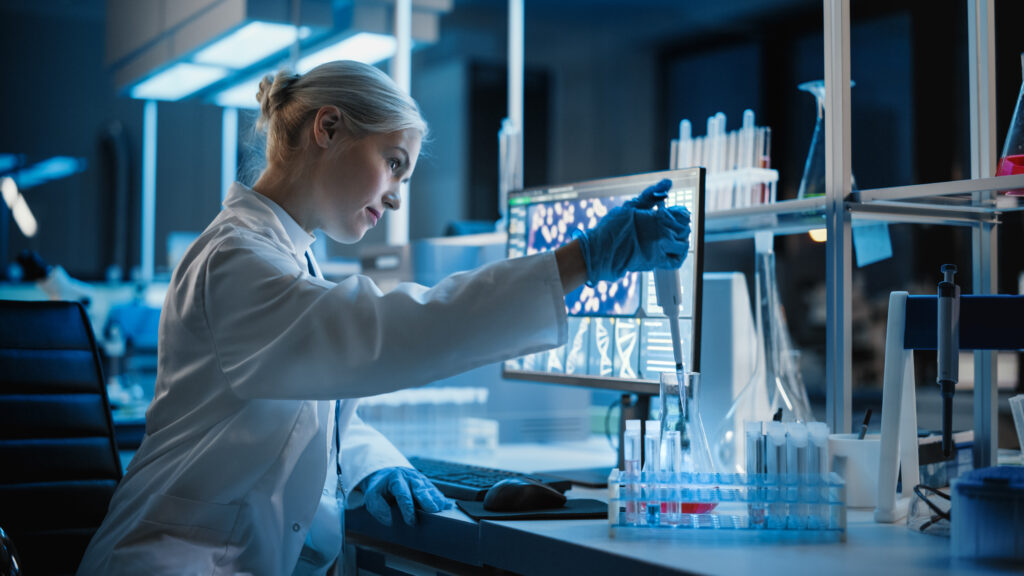
Take Carrie Kumpel, a high school English teacher from California. After years of battling stage IV breast cancer with relentless rounds of chemo, radioactive pills, and exhausting side effects, Carrie was introduced to a new treatment at the University of Michigan: histotripsy, a form of focused ultrasound that uses cavitation—tiny exploding bubble clouds—to destroy tumors.
Her doctors didn’t cut, burn, or inject toxins into her body. Instead, while Carrie lay under anesthesia, a robotic ultrasound probe hovered over her liver, delivering soundwaves with surgical precision. No incisions. No scars. No nausea. No pain. And when she woke up?
“I really didn’t have any residual sickness or pain,” she said. “I felt fantastic the next day.”
One month later, an MRI confirmed what she hoped: the targeted tumor was gone.
Carrie’s experience isn’t an isolated miracle—it’s part of a growing wave of clinical success stories that span from lab mice to human trials across continents. In the #HOPE4LIVER trial, doctors treated 49 liver tumors in 44 patients using histotripsy. The results were striking: tumors were successfully targeted in 95.5% of cases, and side effects were minimal, with only 3 patients requiring any medical intervention afterward. For a treatment as precise and powerful as this, that safety profile is almost unheard of.
In breast cancer specifically, researchers have seen promising results using ultrasound-stimulated microbubbles (USMB) alongside chemotherapy or radiation. In one clinical trial, patients who received the combined therapy showed higher complete response rates compared to those who had chemo alone—without an increase in toxicity. Another study saw significant tumor shrinkage and better blood perfusion in HER2-negative breast cancer patients treated with USMB. And perhaps most significantly, some patients were able to avoid surgery altogether—something that was nearly unthinkable just a few years ago.
And it’s not just breast and liver cancer. This technology is being explored for glioblastoma, pancreatic cancer, head and neck tumors, and even colorectal metastases. In each case, early results point to the same theme: more tumor destruction, fewer side effects, and a faster return to normal life.
What ties all these stories together isn’t just the science—it’s the hope. Hope for treatments that don’t take more than they give. Hope for less time in hospital beds and more time with family. Hope for therapies that treat the body like a sacred place, not a battlefield.
These aren’t just statistics on a chart. These are people—parents, teachers, dreamers—who are reclaiming their lives thanks to sound, bubbles, and a revolution that’s already underway.
The Science Behind the Hope: Ceramides, Soundwaves, and the Immune System

Behind every medical miracle is a cascade of biological events—some visible, many microscopic, all vital. The exploding microbubbles that destroy cancer cells may seem like mechanical chaos, but they set off one of the body’s most powerful natural responses. And it starts at the cellular membrane.
When ultrasound-activated microbubbles detonate inside or near a tumor, the shockwaves physically rupture cancer cells, creating small openings in their walls. But what happens next is even more extraordinary: those openings don’t just kill cells—they change the conversation between the cancer and the immune system.
Let’s break this down.
One of the key players is a molecule called ceramide, a byproduct of the enzyme acid sphingomyelinase (ASMase). When endothelial (blood vessel) cells are exposed to stress—like a high dose of radiation or the violent force of bubble cavitation—they respond by moving ASMase to the surface. This triggers a surge in ceramide production, which in turn signals cell death, particularly in the blood vessels that feed tumors. Cut off the blood supply, and the cancer can’t survive.
What’s remarkable is that microbubble therapy alone can induce this ceramide response—without the need for toxic radiation levels. When combined with low-dose radiation or chemotherapy, the result is a synergistic effect: more cancer cells die, treatment doses can be reduced, and healthy tissues are spared. Clinical studies have confirmed this mechanism in breast and prostate cancer models, showing significant vascular collapse and tumor regression when USMB was added to standard therapies.
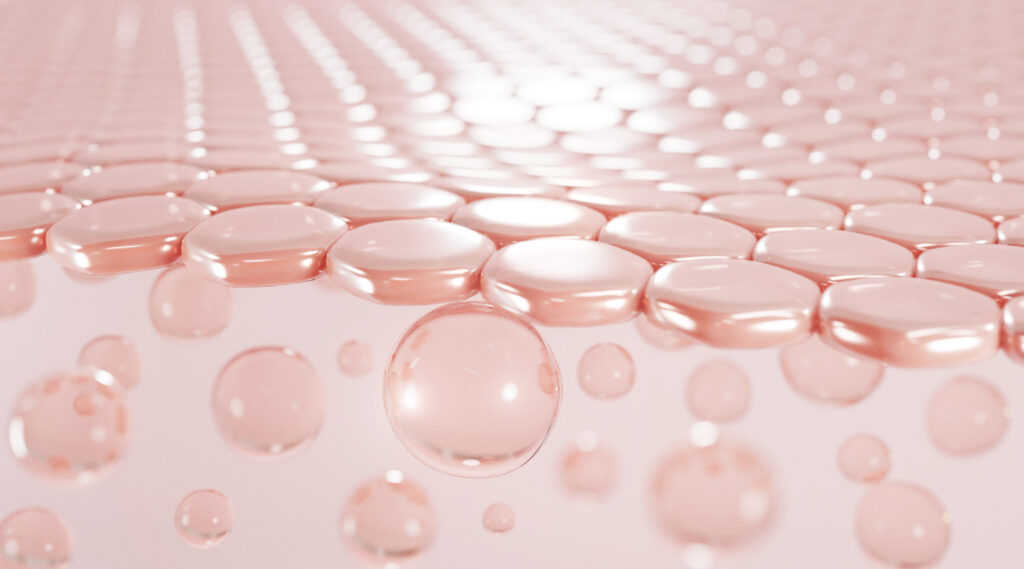
But the science doesn’t stop at cell death—it extends to cell visibility.
Cancer’s greatest trick is invisibility. Its cells often cloak themselves, hiding from the immune system by concealing the tumor-specific proteins—known as antigens—on their surface. But when a tumor is shattered by histotripsy or sonoporation, those cloaks fall. The antigens are exposed, and suddenly, the immune system sees what it couldn’t before.
In animal studies, this exposure triggered a full-body immune response. Tumors far from the treated site began to shrink—evidence that the immune system had been recruited, trained, and deployed. Incredibly, when researchers extracted the broken-down tumor tissue from one animal and injected it into another, it acted like a vaccine, protecting the second animal from future tumor growth.
These findings suggest that microbubble treatments may do more than destroy tumors—they may help prevent them from returning. The immune system, once blind, becomes a watchful guardian.
Scientists are now exploring how these treatments could be paired with immunotherapy—using genes delivered directly into the tumor during the microbubble explosion to further amplify immune activation. It’s a one-two punch: destroy the tumor, then program the body to remember the enemy.
This is the future of cancer treatment: not just attacking disease, but reeducating the body to defend itself.
A Future Without Scars: What This Means for Us All
Imagine a world where beating cancer doesn’t mean being broken by it. Where survival isn’t paid for in pieces of your body, months of agony, or years of recovery. Where healing feels like healing—not just enduring.
That’s the world this breakthrough points toward. And it’s not distant. It’s taking shape right now.
The rise of ultrasound-activated microbubbles and technologies like histotripsy signals more than just medical innovation—it marks a shift in mindset. For too long, cancer treatment has been defined by destruction: slash, burn, and poison. We’ve tolerated pain for progress. But now, progress is offering us something better—precision without cruelty, power without trauma.
No surgery. No radiation burns. No weeks of sickness from chemotherapy. In some early breast cancer trials using microbubble therapy, patients didn’t even need to undergo surgical resection after treatment. Tumors were reduced or eliminated with sound waves alone. And because this approach often triggers the immune system to recognize and fight the cancer on its own, the potential for long-term remission—or even true prevention—is real.
But this is bigger than breast cancer.
The same principles are already being applied to liver tumors, brain cancer, pancreatic cancer, and metastatic disease. Researchers envision a future where these treatments are done in outpatient settings, where a patient walks in and walks out the same day—unscarred, unshaken, unafraid.
And what’s more, this future won’t be reserved only for the wealthy or privileged. The core tools—ultrasound and microbubbles—are relatively low-cost compared to traditional therapies. With the right investment in accessibility, this technology could reach rural clinics and global health centers just as easily as it does world-class hospitals.
But for that to happen, awareness matters.
We, as patients, families, caregivers, and citizens, have a voice in shaping what the next era of cancer care looks like. By supporting research, advocating for non-invasive options, and sharing the stories of those who’ve already been helped, we can push medicine toward a more humane horizon.
Because ultimately, this isn’t just about killing cancer more effectively. It’s about redefining what it means to heal.
Healing should restore—not ravage. It should empower—not exhaust. And thanks to sound, science, and a few million microscopic bubbles, that kind of healing is finally within reach.
So ask yourself: What kind of future do we want to build—for our parents, our children, ourselves?
Let’s build one that doesn’t leave scars.
Loading...

